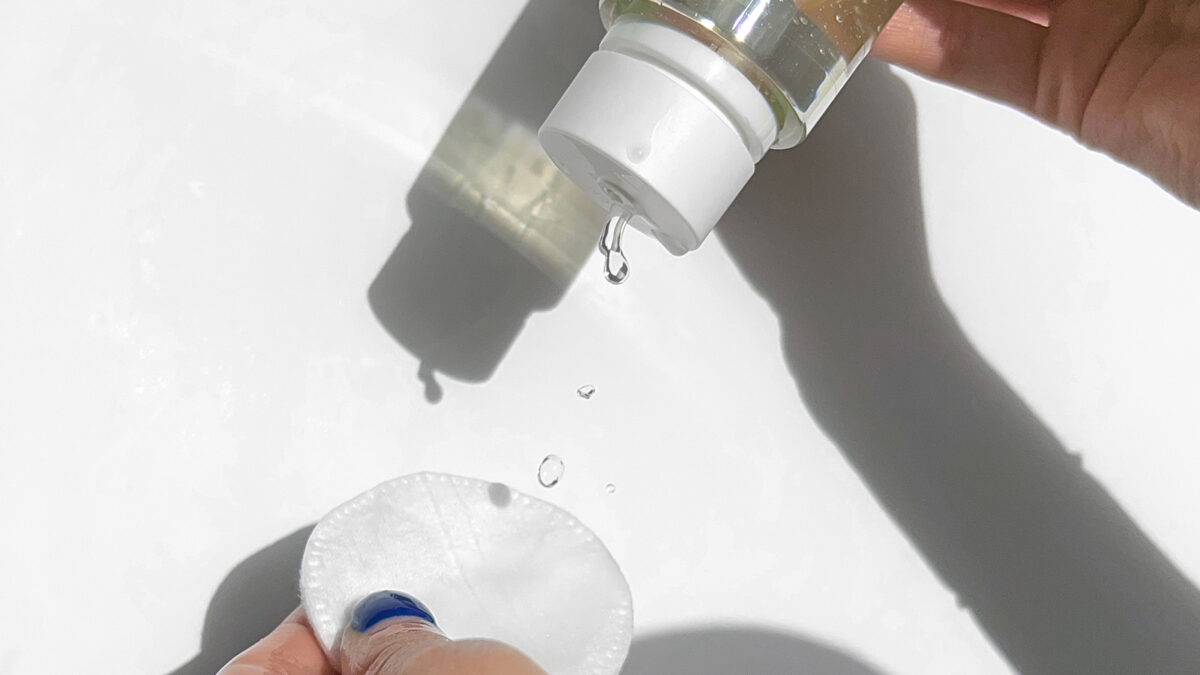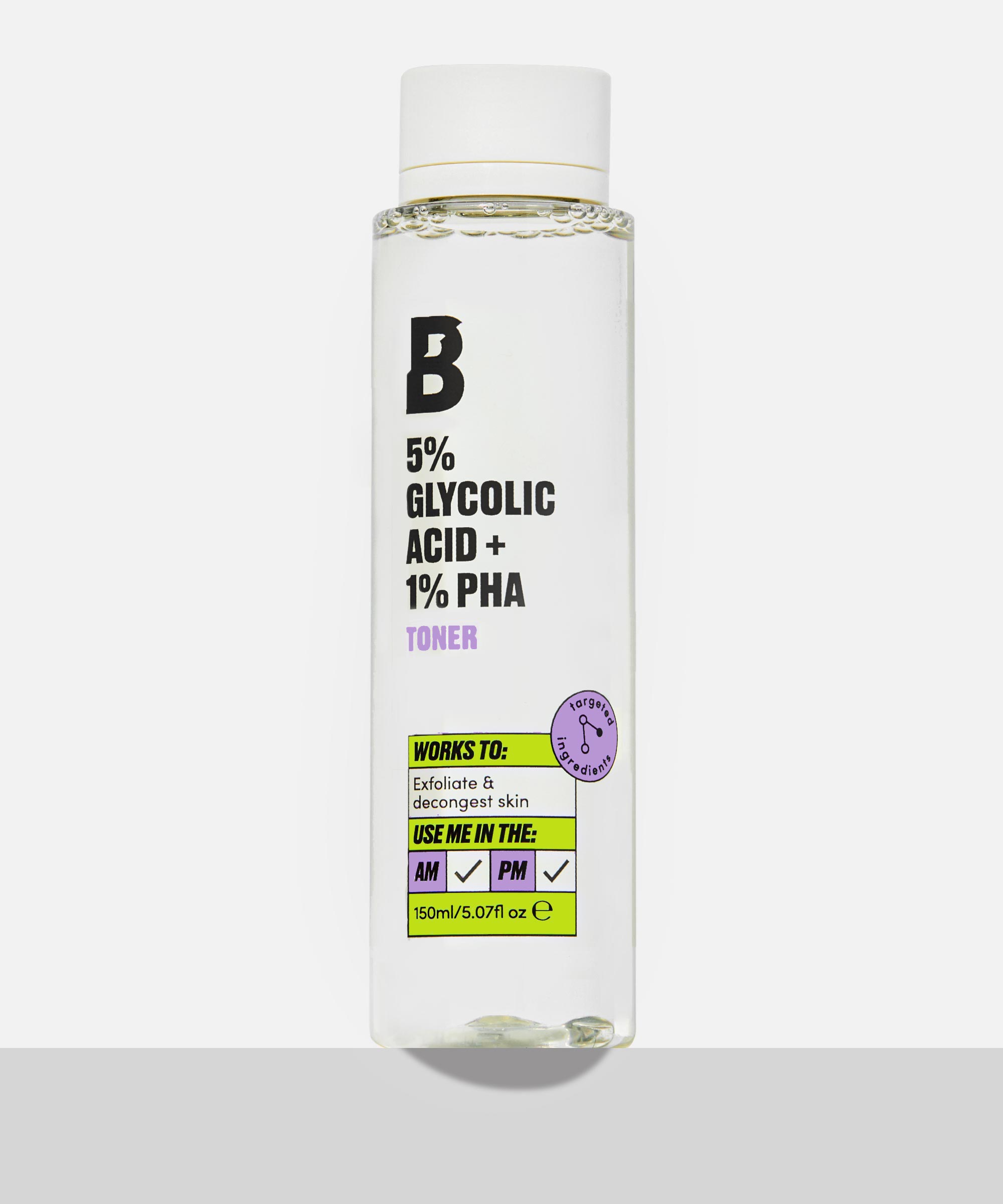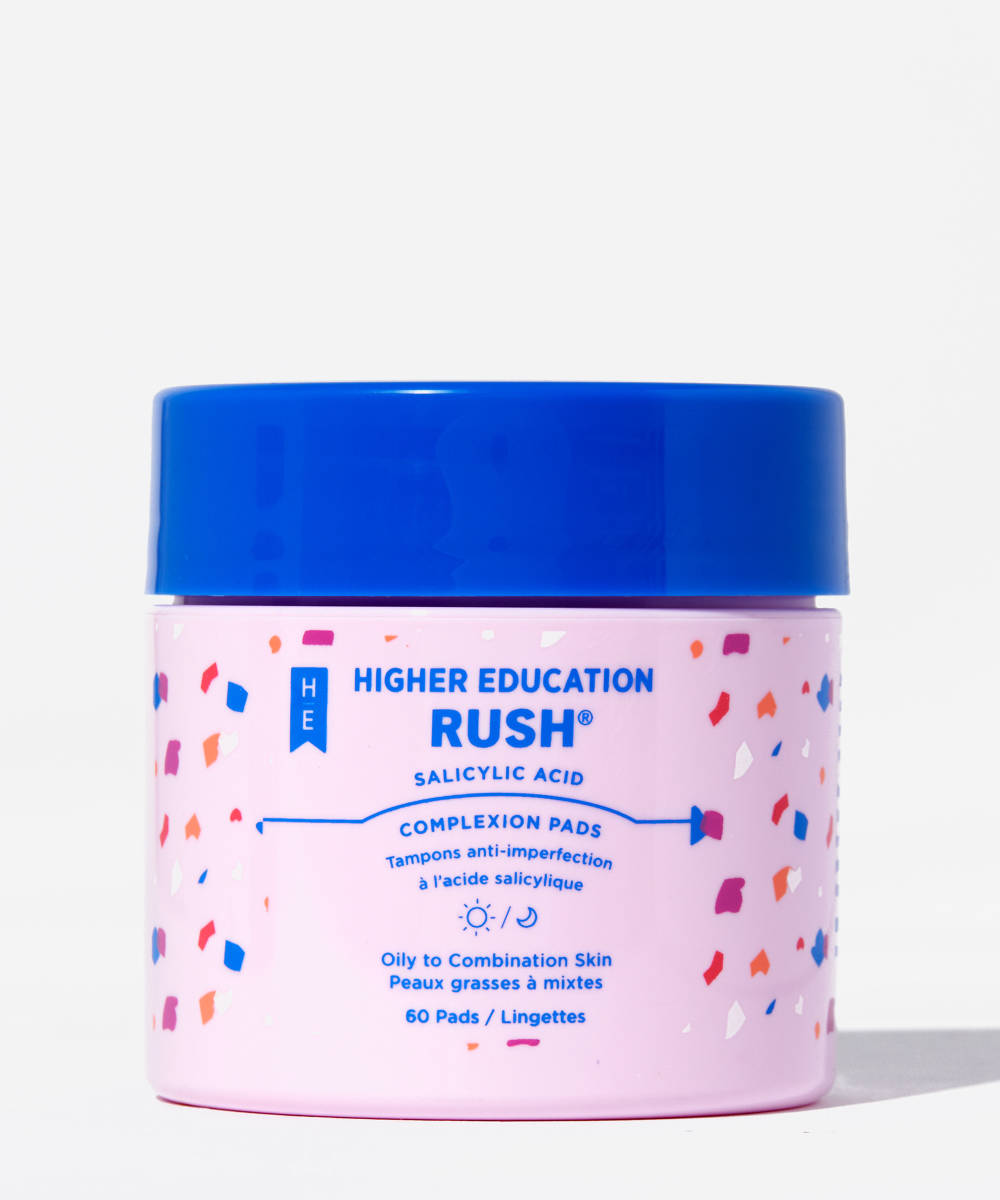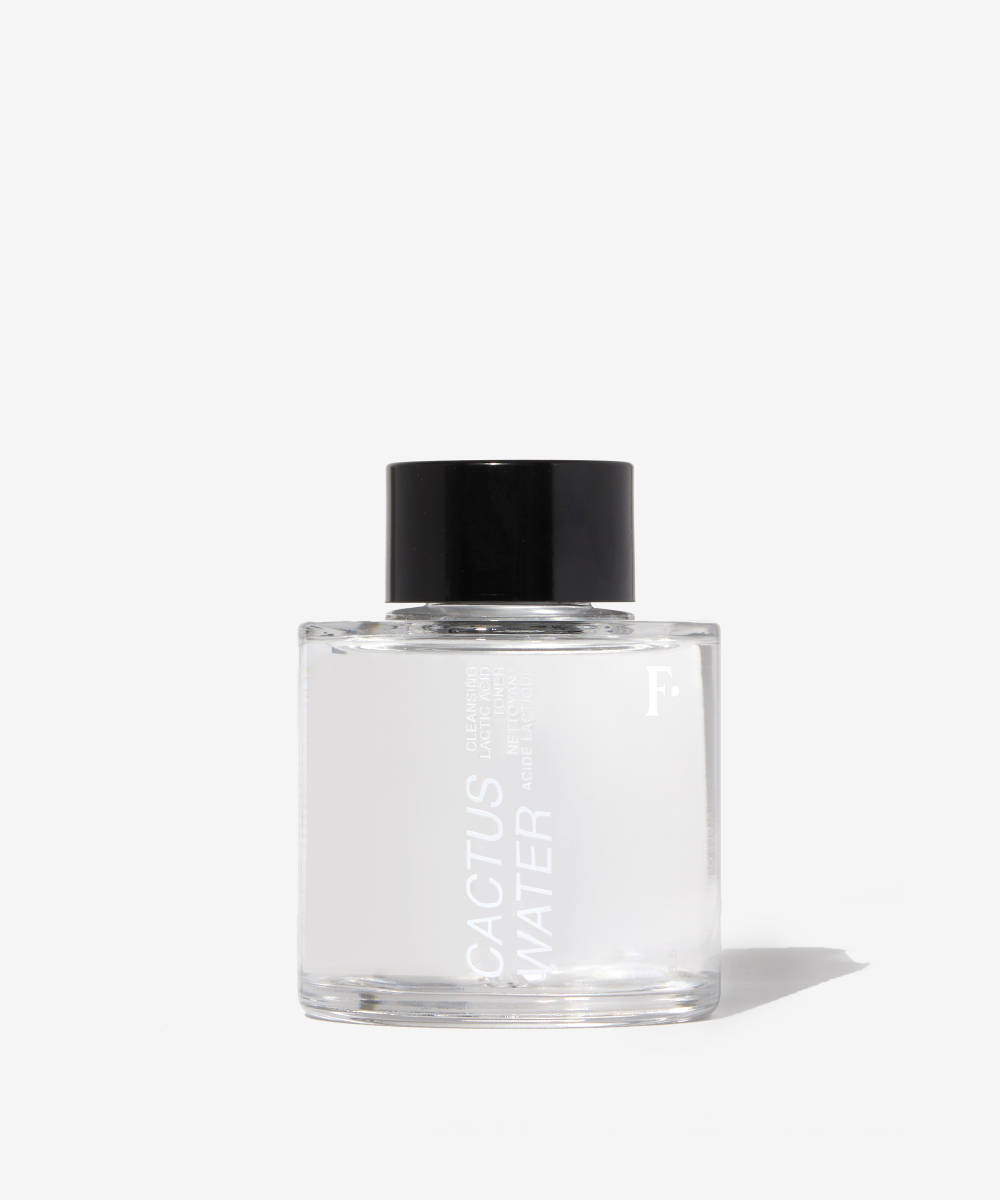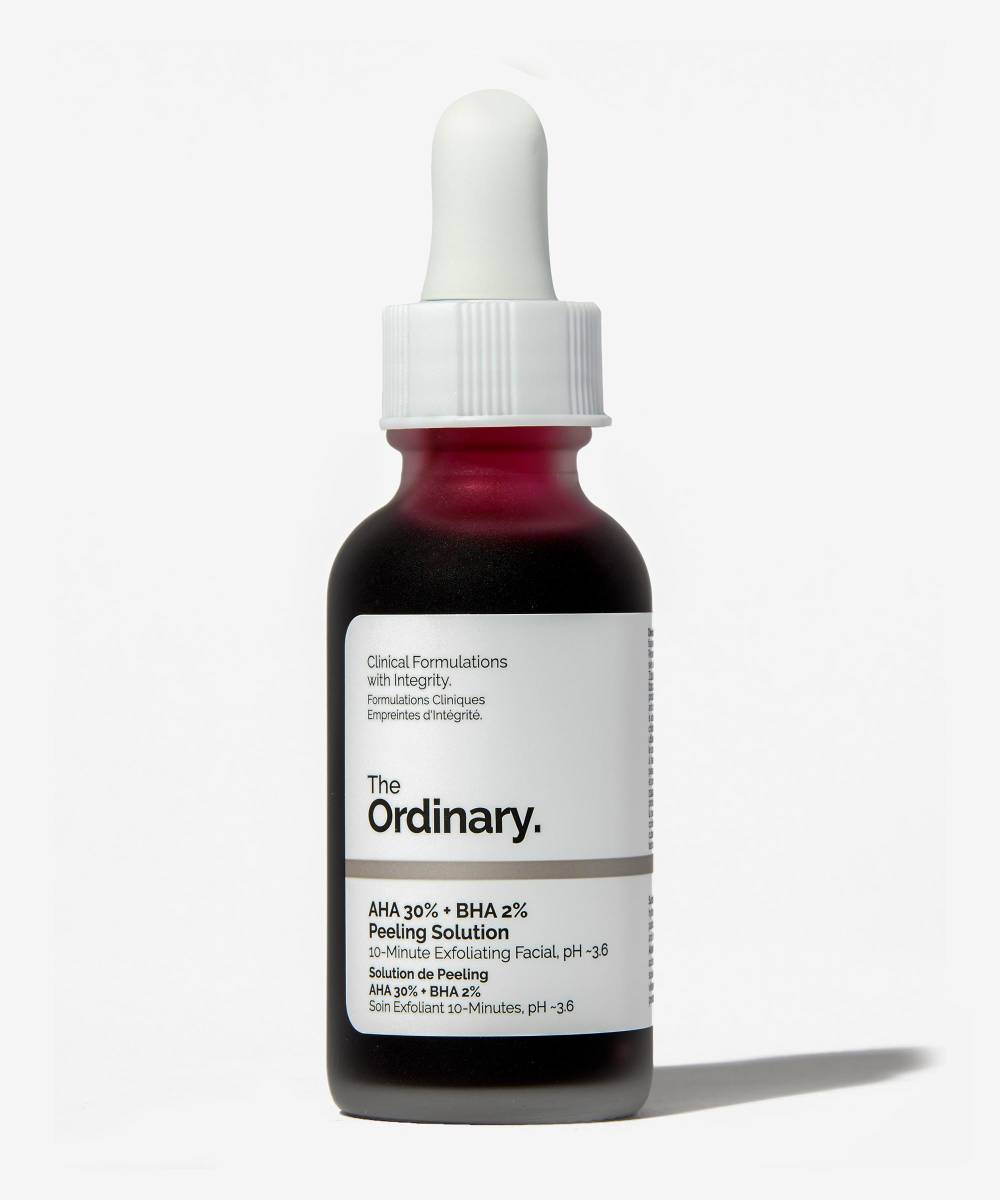Hi Grace,
I’d love to know more about exfoliating acids. I don’t really know what the difference is between AHAs and BHAs, or if I should be using them.
Daria, 29
I totally get the confusion. After all, AHAs (alpha hydroxy acids) and BHAs (beta hydroxy acids) sound incredibly similar, right? Although both ingredients are exfoliating acids (also referred to as chemical exfoliants), they actually work in different ways and have benefits for different skin types and concerns, which I‘ve covered below.
In a nutshell, if you have oily skin go for BHA and if you have dry skin, choose AHAs. If your skin is sensitive then you may want to try PHAs, which are totally different (and much more gentle) form of exfoliating acid altogether. It’s important to remember that both AHAs and BHAs are active ingredients which (if overused) can impact the skin barrier, irritate sensitive areas, and increase skin’s UV sensitivity. For that reason, it’s important to understand how to use acids properly, which ingredients they can’t be layered with, and what to do if you over-exfoliate.
What are AHAs?
The most popular forms of AHAs are glycolic acid, lactic acid, mandelic acid, and malic acid. They’re typically found in exfoliating toners, but are also commonly used ingredients in masks, cleansers, serums, and sometimes even moisturisers.
How do AHAs work?
AHAs work by breaking down the ‘glue’ that binds dead skin cells to the skin. Because they have a large molecule size, they primarily work on the top layers of the skin, so are beneficial for skin concerns like dry skin, texture, and hyperpigmentation, which typically only affect those upper layers. By removing dead and dry skin cells, they smooth skin texture, brighten skin tone, fade pigmentation, and can also reduce the chance of breakouts from occurring.
What are BHAs?
The most famous BHA is salicylic acid – chances are you’ll have heard of this one if you have breakout-prone skin, since it’s found in many spot treatments.
How do BHAs work?
BHAs also work by breaking down the ‘glue’ that binds dull, dead skin to the surface but it goes one step further than AHAs by working deeper in the pores. This is because (unlike AHAs) BHAs are oil-soluble, so can pass through the sebum that skin naturally produces. This makes BHAs an effective treatment for oily, breakout-prone skin because they can remove both the excess oil and dead skin cells, which when combined can clog pores and lead to breakouts. In addition, they’re also an anti-bacterial and an anti-inflammatory, so they work to kill acne-causing bacteria and reduce the redness and swelling of spots.
Can I use AHAs and BHAs together?
You’ll sometimes find that AHAs and BHAs are included within a formula – many exfoliating toner contain both. In this case, it’s totally fine to use the two together, but skin experts tend to advise against doing any ‘DIY’ layering. This can lead to over-exfoliation which can increase skn’s redness and sensitivity.
Try these...
If you have a question for our resident beauty editor and esthetician Grace Day, tweet us at @beautybay using the hashtag #AskGrace for a chance to be featured.
